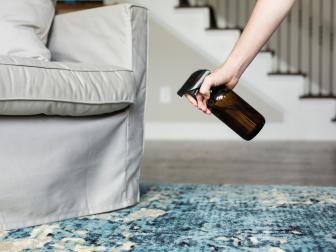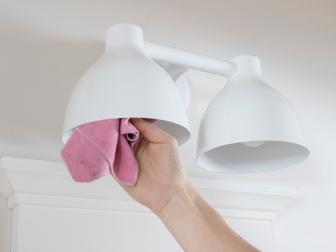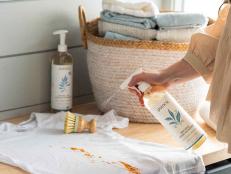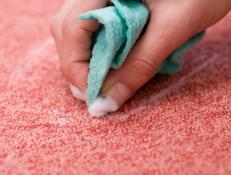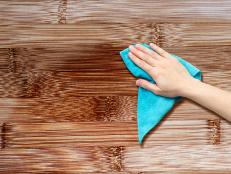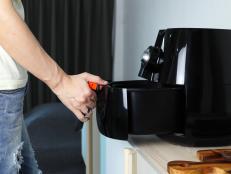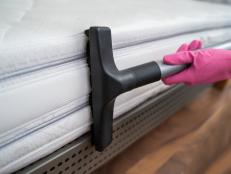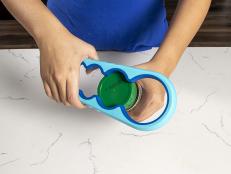Don’t Make These Mistakes When Cleaning Upholstery
Avoid these common cleaning blunders, and help your fabric furnishings look their very best.

Upholstered furniture is one of the biggest investments for many of us homeowners. We might as well embrace the responsibility that comes with maintaining the material so that it lasts a good, long while. Don't simply defer to your routine "all-purpose" cleaners or use the same cleaning methods regardless of material. Instead, take a closer look at the manufacturer's guidelines before you scrub down, and avoid these common mistakes.

Amy Bartlam
Know How to Interpret the Cleaning Codes
Don’t ignore the owner’s manual! Always look for information about your upholstered items. This information may be in a care pamphlet delivered with the product, or a tag sewn into a seam, and it should tell you what it’s made out of, and how to safely clean the material. Here are some common codes found on labels:
WS: Use a mild detergent with a steam vacuum or a dry-cleaning detergent
S: Use a dry cleaner detergent only.
X: Use a vacuum only. No water.
W: You can use water to clean it.

Jessica McClendon
Don’t Scrub – Start by Blotting Liquid Spills
Use an absorbent cloth to first blot at spills and moisture to quickly absorb it. This will help reduce the chance that the stain will get "rubbed in," and it’ll help to collect liquid that's soaking into foam layers beneath the upholstery. The more liquid you can absorb by blotting, the less internal damage that happens to your furnishings.
Try to Steam Clean Tough Stains
You might expect that you'll just have to live with the dirty armrests or dried spills for the duration of a seat's existence, but steam cleaning is relatively effective at lifting embedded dirt from fabric. You'll probably find that your steam mop for the floors is an acceptable tool for this task – especially if it comes with a detail cleaning attachment. Always use a low-heat setting, and test in an inconspicuous spot to make sure that the fabric doesn't have an unexpectedly negative reaction to the heat. Do not use steam heat on upholstery that is made of – or contains – silk.
25 DIY Natural Cleaners 25 Photos
See how to make natural cleaners with four ingredients or less.
Don't Use Plain Water to Clean Microfiber Surfaces
Water can lead to dried watermarks and spots on microfiber upholstery. Rubbing alcohol is better for cleaning microfiber. Apply it with a spray bottle, and use a dry, clean cloth to lift the stain as it loosens.
Choose the Right Vacuum Attachment
There's actual rationale for using all the different vacuum attachments that came with your high-end product.
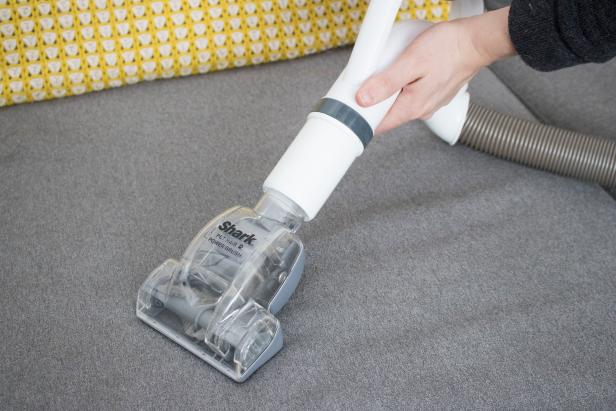
The airflow attachment, for example, is the one that looks like a smaller version of your vacuum and creates airflow during use that operates the spinning brushes. It’s more gentle than the actual vacuum, smaller, which makes it easier to get into small crevices, and it does a great job at getting pet fur off upholstery because it brushes the surface while extracting the dust and debris.
The more formal upholstery brush attachment is the one that looks more like a lint brush, with softer bristles that lift dust and help to reduce pilling.
Use Caution When Applying Fabric Protectors
UV- and stain-repellant sprays can help keep upholstery looking its best and make messes easier to clean, but over-penetration of the sprays can have an adverse effect, too. Too much chemical saturation can cause stains and excessive scrubbing wears and tears on the materials. It can also cause irritation on sensitive skin or to pets who nap and play on the upholstered surface.
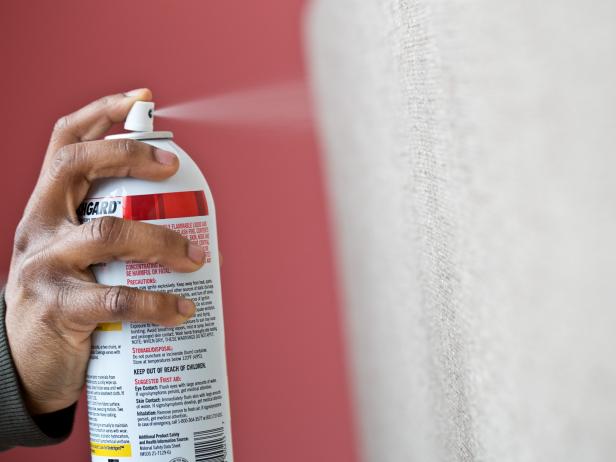
Flynnside Out Productions
Avoid Fabric Softeners
Don't confuse "softeners" with leather conditioners – you should totally be conditioning your leather upholstery. What we're saying here is that for any washable upholstery, avoid using fabric softeners. Use "free-and-clear" detergents that don't contain scents or dyes, and opt to line dry or dry flat, rather than putting upholstery through the dryer.
Remember to Rotate the Cushions
Avoid the dreaded butt dent and added wear to the fabric on the most sat-upon surfaces by rotating the cushions.
How to Clean Upholstery
If your upholstery can be cleaned with a water-based cleaner, you can do this with a few simple ingredients. A spray-on stain remover can be used for any tough spots, just like in washing laundry. Spray your stain remover and wait for about five minutes. While you wait, mix four parts warm water with one part laundry detergent. Use a rough sponge or a soft bristle brush to apply the cleaning mixture to your upholstery. Scrub along the grain of the fabric until you have lifted the dirt and stains. Use a damp, clean cloth to wipe away any remaining suds or dirt. You can leave your upholstery to dry or use a wet/dry vacuum to remove the remaining moisture.
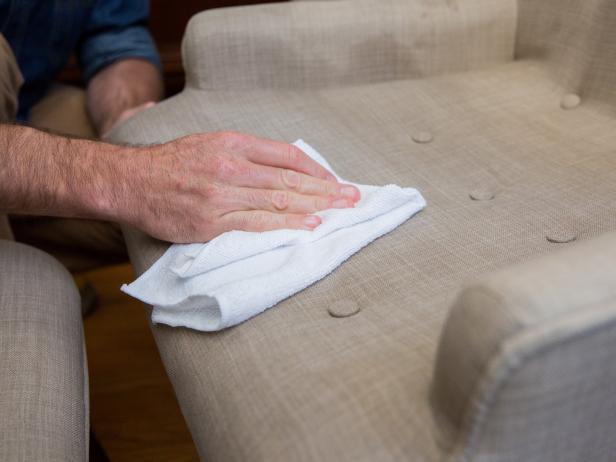
Jalynn Baker








